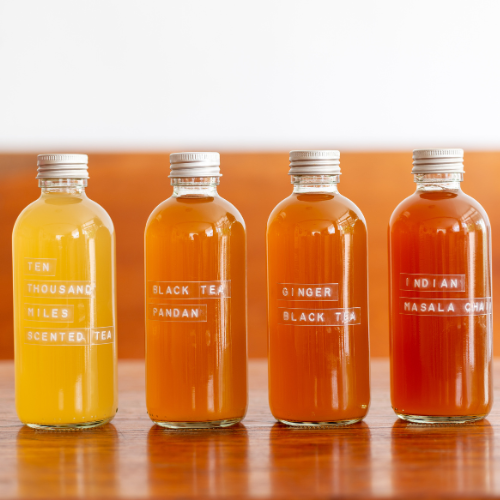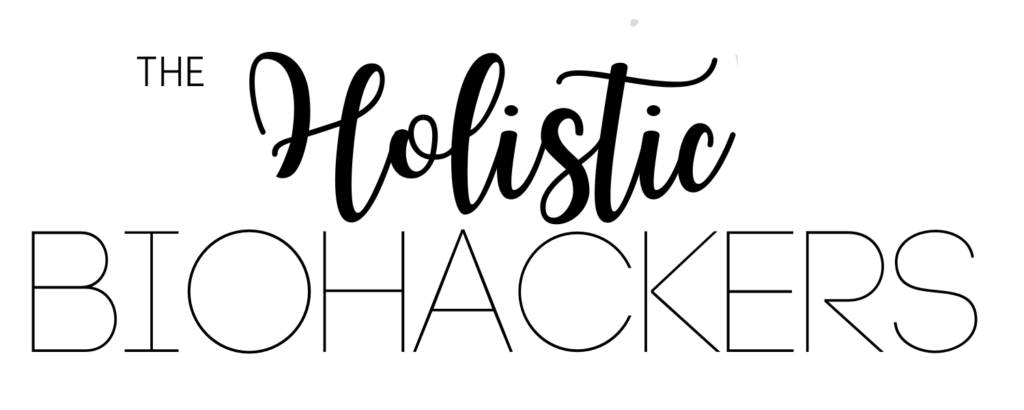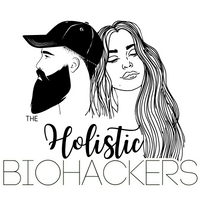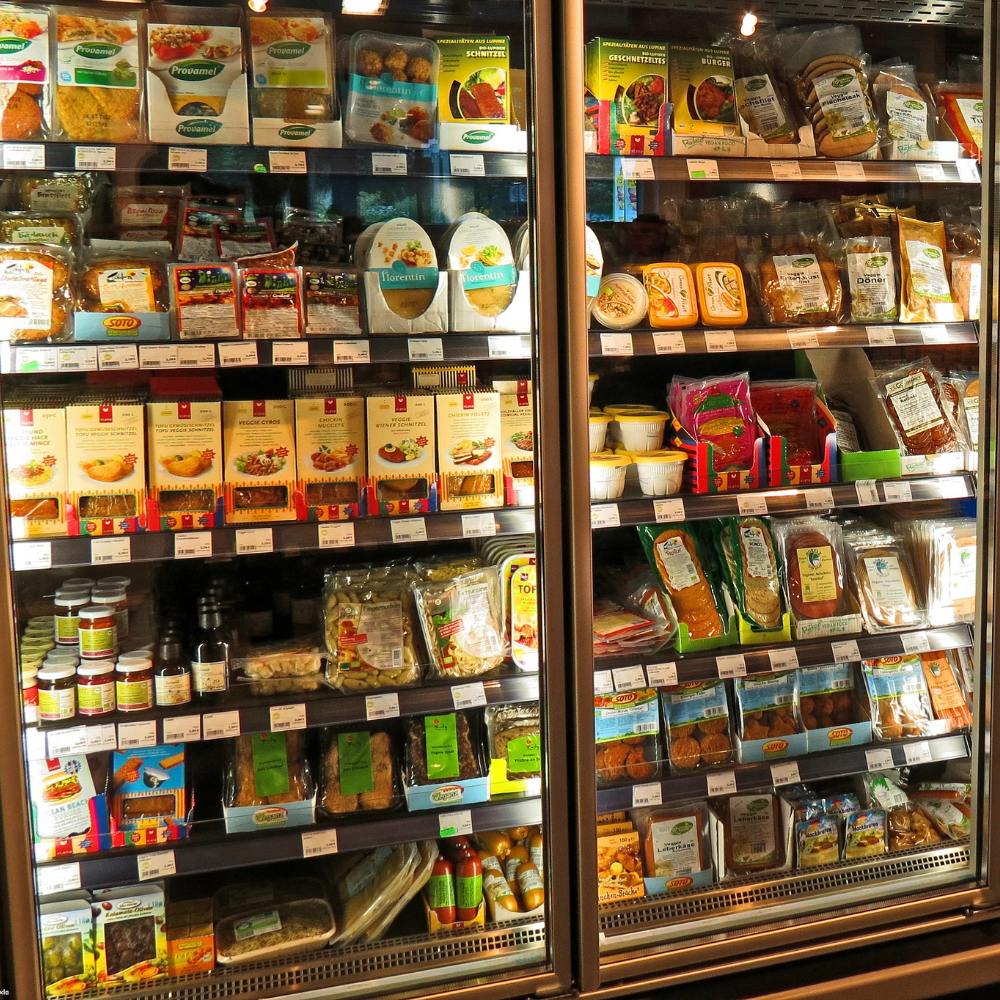
Why Misleading Health Claims on Food Labels are Ruining Your Diet
Jump to:
This post is a guide to everything regarding misleading health claims on food labels and what steps you can take to identify them to make healthier food choices.
When on the quest for healthier foods for you and your family, many of us rely on what the food packaging say– especially when in a rush at the grocery store.
However, not all of these claims are as cut and dry as they may seem to be. Many food producers have found loopholes on how to advertise their products with claims that are not 100% true.
In this post, we will look at the top 5 most misleading health claims on food labels, how to identify them in order to make the healthiest food choices.
Top 5 Misleading Health Claims on Food Labels
1. “Organic”
Although a food claims to be fully organic, this may not always be 100% true.
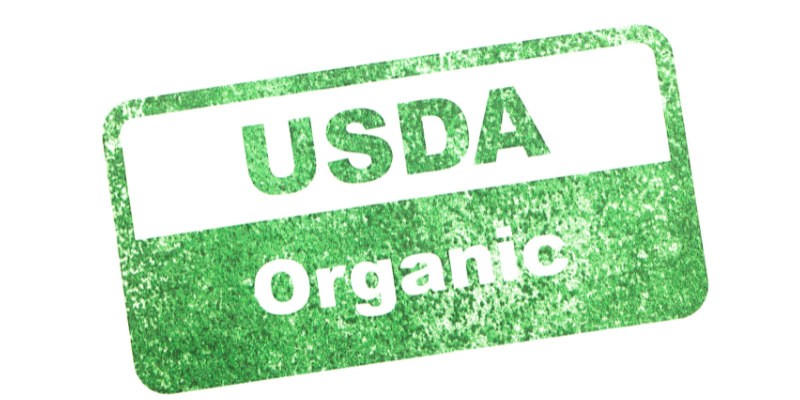
Studies have found that the use of non-organic foods put you at risk for health complications including:
- Antibiotic resistance
- Cancer
- Neurological disorders
- Reproductive issues
It is a federal law that if you are claiming a food product as organic, it must be approved, certified and labeled with a “USDA Certified Organic” sticker.
However, not all USDA certified organic labels are created equal. Label names such as “100% organic”, “organic” and “made with organic___” all mean different things.
TIP: Look for the green and white USDA organic seal.
Read here on how to decipher the different “USDA Certified Organic” labels to make the best choice for you.
2. “Non-GMO”
Non- GMO means that the food product’s genetic makeup has not been scientifically modified.
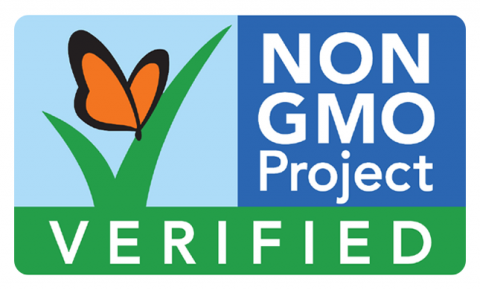
Studies have found much evidence that GMO has many disadvantages including:
- toxicity- leading to many physical and psychological health conditions
- allergic reactions
- antibiotic resistance
- immune-suppression
- cancer
Unfortunately, even when you find a certified organic product, this does not always mean it is also non-GMO.
Even if it is labeled as “non- GMO”, if it contains corn, soy or a form of sugar, most likely it is GMO.
TIP: The only way to ensure the product is truly non- GMO is if it has the “Non-GMO Project Verified” logo.
This label ensures it is 100% non-GMO from start to finish.
3. “Cage-Free”, “Free Range” and “Pasture-Raised”
These terms indicate animal welfare standards. However, there is also a huge difference between not only how the animal was treated, but the quality of the product you are receiving.

- Cage Free: Hens that are not kept in cages however, still in very crowded conditions with no access to the outdoors being fed corn and soy (GMO).
- Free Range: These hens are not kept in cages, have some outdoor access however, still crowded and fed corn and soy.
- Pasture Raised: These are hens that have full access to indoors and ample space outdoors who have free reign to a nutritious omnivorous diet.
TIP: Eggs labeled “organic”, “vegetarian fed”, “pasteurized” or “certified humane” give you only a piece of the puzzle when searching for a holistically healthy egg choice.
The most nutritious and humane choice is organic, pasture raised eggs.
4. “Hormone-Free”
This claim can come in many different forms such as:
- “raised without added hormones”
- “no hormones administered” or;
- “no synthetic hormones”
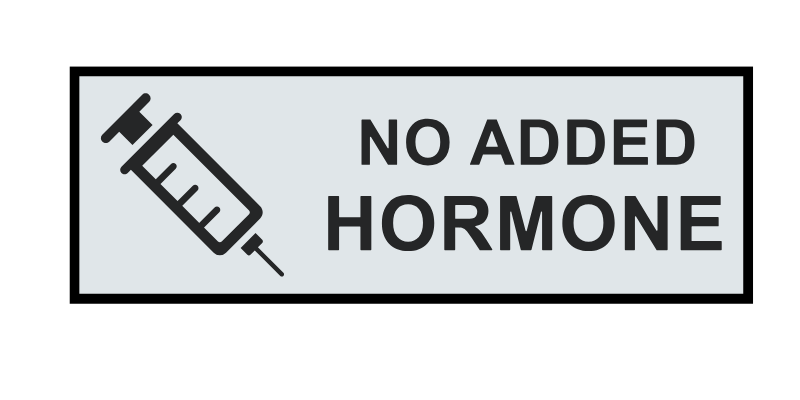
All of these claims mean that the animal received no artificial hormones in its lifetime.
Added hormones in our food have been found to be linked to a series of health issues including:
- early onset of puberty
- breast and prostate cancer
- other reproductive problems
The reason why this claim is misleading to consumers is not because the claim is not true, but because of what products this claim is attached to.
Federal law allows hormone administration in beef, dairy and some pork. However, it is illegal in chicken, veal and other meats.
TIP: Read labels carefully when choosing your meat products. If you see the claim “hormone- free” on a pack of chicken, veal or bison, the producer is only trying to mislead you into purchasing the product for a higher price.
5. “No Antibiotics”
More than 1/3 of consumers buy foods that sport the “no antibiotics” label including meat, milk eggs, honey and other dairy products. But does this claim really mean the product has been treated with 0% antibiotics ever?
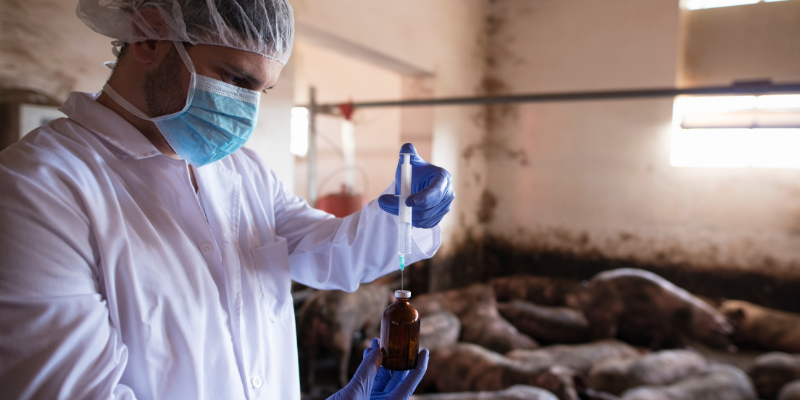
Studies have shown that the use of antibiotics in our food products has been found to cause an array of health issues including:
- antibiotic resistance
- allergies
- cancers
- nephropathy (low kidney function)
- bone marrow toxicity & increased risk of blood diseases
- genetic mutations
- reproductive disorders
Like many of these misleading claims, there are a variety of ways to say “no antibiotics”.. and confusingly enough, they all mean different things.
Here are some examples of what other similar claims really mean:
- “Organic”: No antibiotics were given (except for in chickens or turkeys before their egg hatched).
- “No medically important antibiotics”: No antibiotics used to treat humans (amoxicillin, azithromycin, etc) were given. Others were.
- “No critically important antibiotics”: Only SOME of the antibiotics used treat humans were given. Others were.
- “No growth promoting antibiotics given”: No antibiotics to increase and/or speed up growth were given. Others were.
TIP: Choose products that have a “raised without antibiotics” label AND a “USDA Process Verified” seal. This ensures that the product has been inspected and officials have confirmed there were absolutely no antibiotics used during the process.
***Other food products with claims such as “sugar- free”, “gluten- free” and “fat- free” may be true, however this does not ensure that the product is a “healthier” option.
Tips for Healthier Eating
- Compare products: When in doubt, compare. Use the label and ingredients list to study a different food products to find the healthier option.
- Focus on whole foods: Deciphering a food product with a long ingredients list is much more time consuming and difficult than that of produce.
- Identify how produce is grown by reading its label or sticker number:
- 4-digit number means food was grown with pesticides and chemical herbicides
- 5-digit number that begins with a 9 means organic.
- 5-digit number that begins with an 8 means it is genetically modified (GMO)
- Shop local: When in total doubt- visit your local farmers market. Here you will find real, organic foods and are able to speak with the producer directly with any questions on how it was grown and/or processed.
You May Also Like...
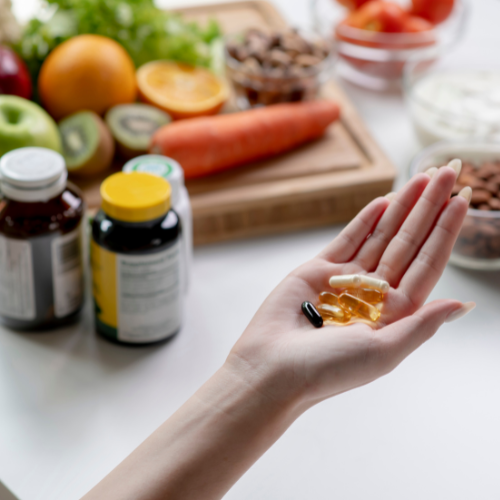
Choosing the Best Liver Detox Supplement for You
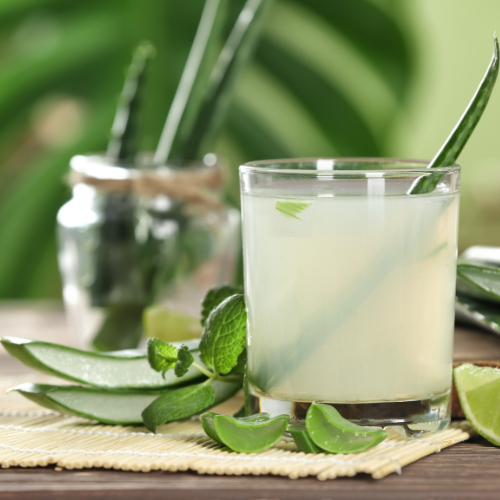
How to Heal Your Gut With Aloe Vera Juice
